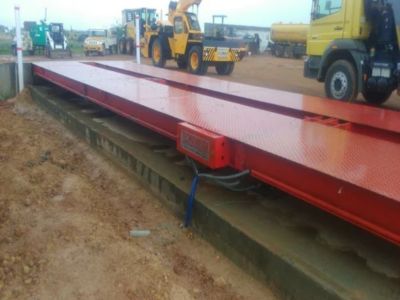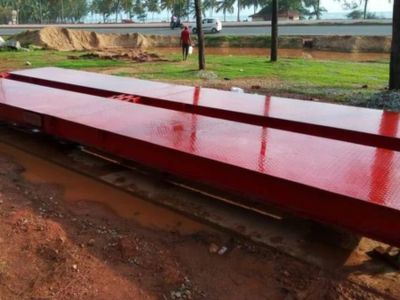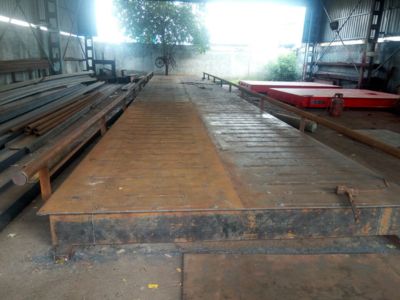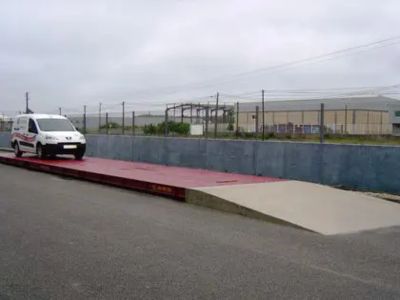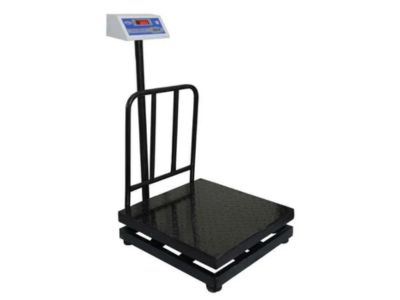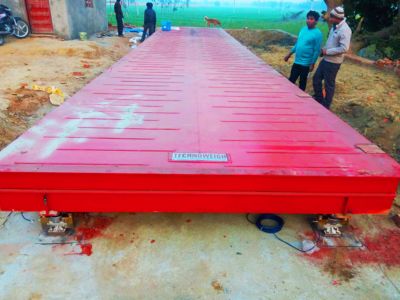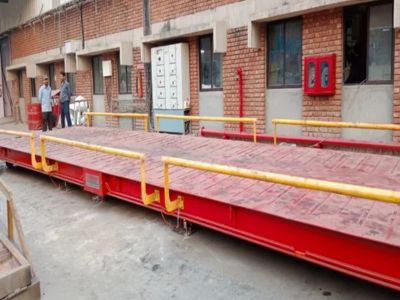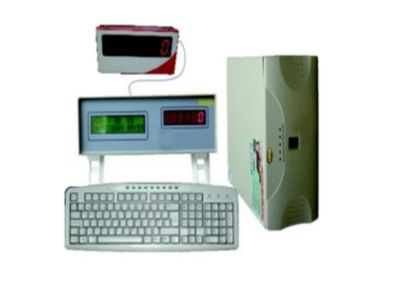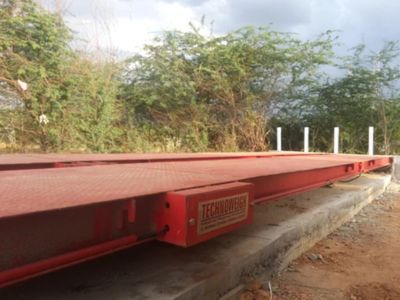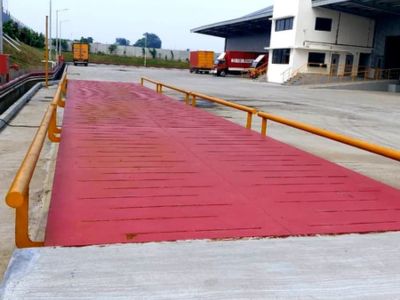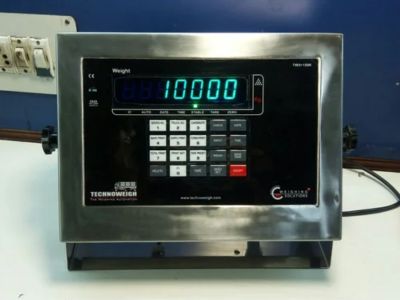Weighbridge Manufacturers In India
Essaar Weigh is leading best manufacturers and suppliers of weighbridge manufacturers in India. Essaar Weigh designs and builds large scales of weighbridges. which are used to weigh vehicles, such as trucks or trains, along with their cargo. These weighbridges are typically used in industries like transportation, logistics, agriculture, and construction, where it’s essential to measure the weight of goods being transported to ensure they meet legal weight limits or to calculate shipping costs.
The process of creating a weighbridge involves using strong materials like steel and advanced technology to ensure accuracy and durability. Weighbridge manufacturers focus on building products that are reliable, easy to use, and capable of handling very heavy loads. The weighbridge itself consists of a flat platform that vehicles drive onto. Sensors underneath the platform measure the weight of the vehicle and its cargo. These measurements are displayed on a digital screen for operators to record.
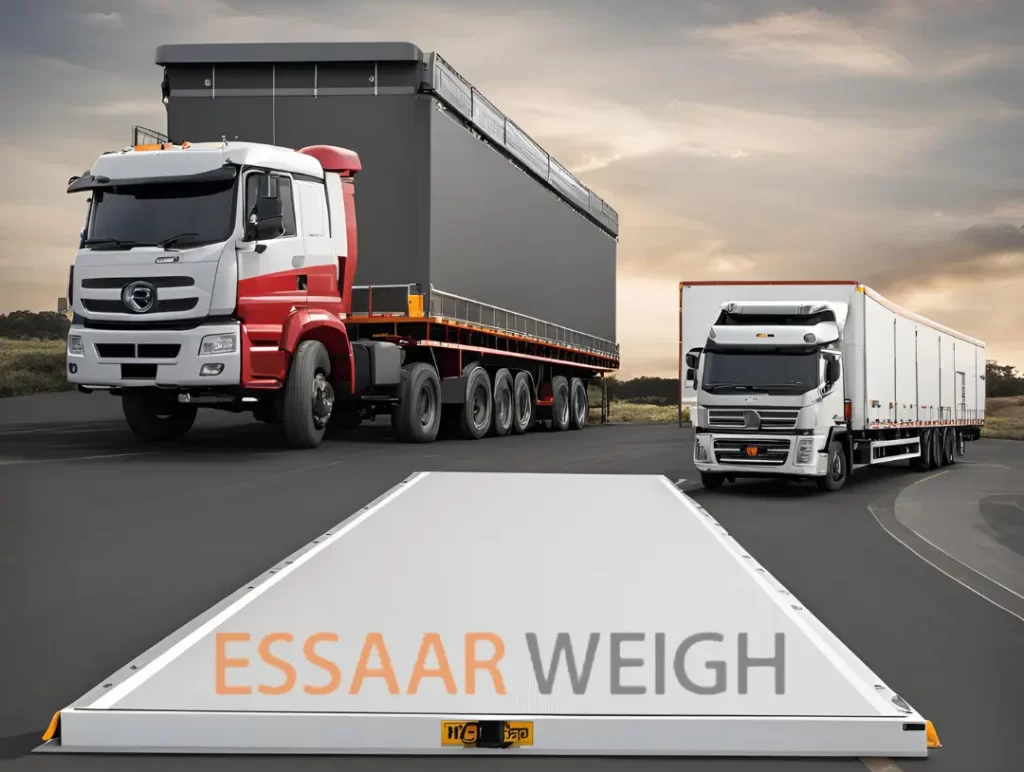

Best Weighbridge Manufacturer In India
Weighbridge manufacturers offer different types of weighbridges depending on the needs of the customer. Some are designed to be permanent structures, while others are portable for temporary use at different locations. They may also offer services like installation, maintenance, and calibration to keep the weighbridge working properly over time.
Choosing the right weighbridge manufacturer is important for businesses that rely on accurate weight measurements. A good manufacturer will ensure the equipment is built to last, provides precise measurements, and meets industry standards, making it an essential tool for operations involving transportation and logistics.
Benefits of Weighbridge
Accurate Weight Measurement
Weighbridges provide precise measurements of vehicle and cargo weight, ensuring accurate data for billing, compliance, and inventory management
Regulatory Compliance
They help businesses adhere to legal weight limits and regulations, reducing the risk of fines and penalties associated with overloading
Efficient Operations
By automating the weighing process, weighbridges streamline operations, reduce manual labor, and minimize errors, leading to improved efficiency and faster turnaround times
Cost Savings
Accurate weight measurements prevent overloading and underloading, which can reduce wear and tear on vehicles and equipment, lowering maintenance and operational costs
Enhanced Safety
By ensuring vehicles are not overloaded, weighbridges contribute to road safety, preventing accidents and damage caused by excessive weight
Improved Inventory Management
Weighbridges facilitate better tracking and management of inventory by providing precise weight data, which helps in optimizing stock levels and reducing waste


